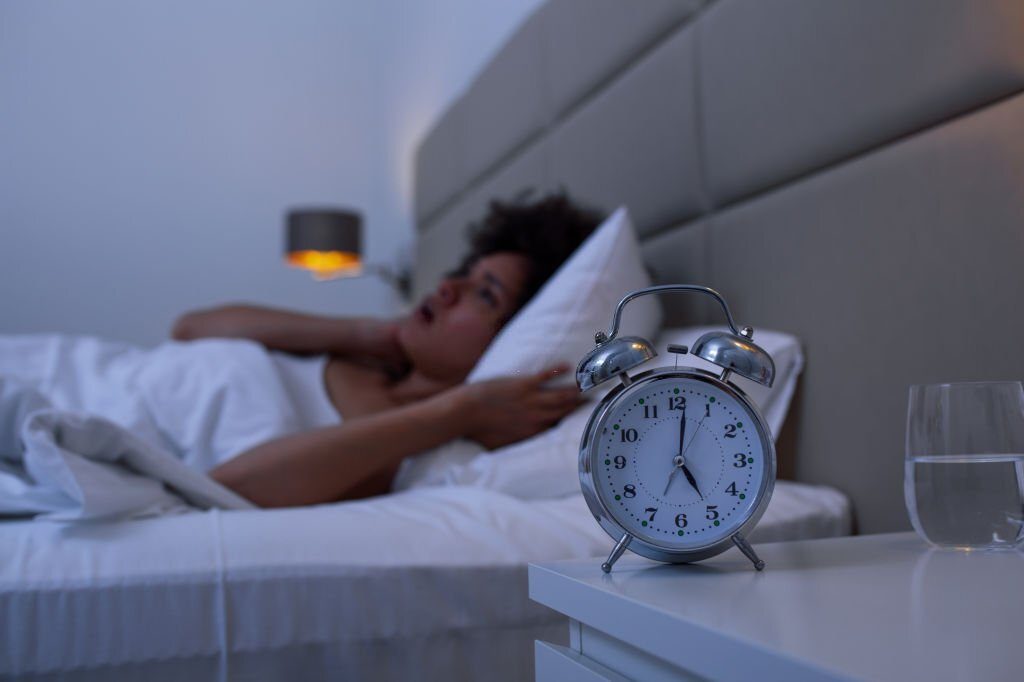There are two main characteristics of narcolepsy:
- excessive daytime sleepiness
- abnormal REM sleep.
Excessive daytime sleepiness, occurs even after adequate night time sleep. Someone with narcolepsy is likely to become drowsy or fall asleep, often at inappropriate times and places, or just be very tired throughout the day. Narcoleptics are not able to experience the amount of restorative deep sleep that healthy people experience, they are not "over-sleeping" and live their entire lives in a constant state of extreme sleep deprivation.
Daytime naps may occur with little warning and may be physically irresistible. These naps can occur several times a day. They are typically refreshing, but only for a few hours or less. Vivid dreams may be experienced on a constant or regular basis, even during very brief naps.
Drowsiness may persist for prolonged periods of time or simply never cease. Night-time sleep may be fragmented with frequent awakenings.
Abnormal REM sleep
Narcoleptics are unique in that they enter into the REM phase of sleep in the beginnings of sleep, even when they are sleeping during the day. The symptoms of the disorder are cataplexy, sleep paralysis, hypnagogic hallucinations, and excessive daytime sleepiness.
Other symptoms may include automatic behaviors and night-time wakefulness though not all symptoms appear in all patients.
Cataplexy is episodic loss of muscle function which range from slight weakness such as limpness at the neck or knees, sagging facial muscles, weakness at the knees or inability to speak clearly, to a complete body collapse. These episodes may be triggered by sudden emotional reactions such as laughter, anger, surprise, or fear, and may last from a few seconds to several minutes. The person remains conscious throughout these episodes and in some cases, cataplexy may resemble in epileptic seizures. Usually speech is slurred and vision is impaired, but hearing and awareness remain normal. Cataplexy also has a severe emotional impact on narcoleptics, as it can cause anxiety, fear, and avoidance of people.
Sleep paralysis is the temporary inability to talk or move when waking. It may last a few seconds to minutes. This is often frightening, but is not dangerous.
Hypnagogic hallucinations are vivid and often very frightening. These dreamlike experiences occur while dozing off or falling asleep and often refer to the same sensations while awakening from sleep. These hallucinations may manifest in the form of visual or auditory sensations.
Automatic behaviors occur when a person continues to function (talking, putting things away, working, typing etc.) during these episodes, but awakens with no memory of performing such activities. Up to 40 percent of people with narcolepsy experience automatic behavior during sleep episodes.
Sleep paralysis and hypnagogic hallucinations can also occur in people who do not have narcolepsy, but it more frequently manifests in people who are suffering from an extreme lack of sleep.
Night-time wakefulness is characterized by periods of wakefulness at night. These night-time periods may be accompanied by hot flashes, elevated heart rate, and at times intense alertness.
The first symptom of narcolepsy to appear is excessive and overwhelming daytime sleepiness. The other symptoms may begin alone or in combination months or years after the onset of the daytime naps. There are wide variations in the development, appearance and severity of cataplexy, sleep paralysis, and hypnagogic hallucinations in individuals. Only about 20 to 25 percent of people with narcolepsy experience all the symptoms. Many people with narcolepsy also suffer from insomnia.
The excessive daytime sleepiness and cataplexy often become severe enough to cause serious problems in a person's social, professional and personal life.
Normally, when an individual is awake, brain waves show a regular rhythm. When you fall asleep, the brain waves become slower and less regular, which is called non-rapid eye movement (NREM) sleep.
After about an hour and a half of NREM sleep, the brain waves begin to show a more active pattern again, called REM sleep (rapid eye movement sleep), and during REM remembered dreaming occurs.
In narcolepsy, the order and length of NREM and REM sleep periods are disturbed. REM sleep occurs at sleep onset instead of after a period of NREM sleep. Some aspects of REM sleep that normally occur only during sleep, like lack of muscular control, sleep paralysis, and vivid dreams, occur at other times in people with narcolepsy.
The brain does not pass through the normal stages of dozing and deep sleep, but the brain goes directly into rapid eye movement (REM) sleep. As a consequence night time sleep does not include as much deep sleep, so the brain tries to "catch up" during the day, hence Excessive daytime sleepiness.
People with narcolepsy;
- may visibly fall asleep at unpredicted moments or
- fall quickly into what appears to be very deep sleep, and they wake up suddenly and can be disoriented when they do.
- have very vivid dreams, which they often remember in great detail or
- may dream even when they only fall asleep for a few seconds.
- are known to have audio or visual hallucinations prior to falling asleep
- and can gain excess weight
